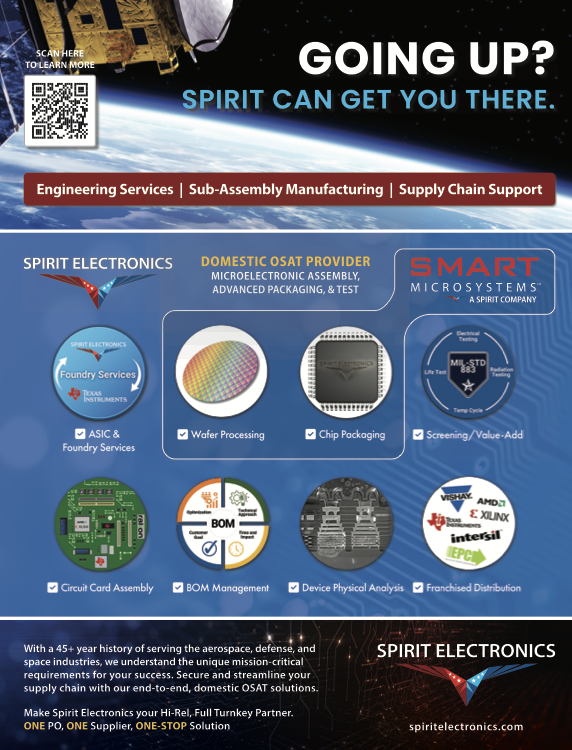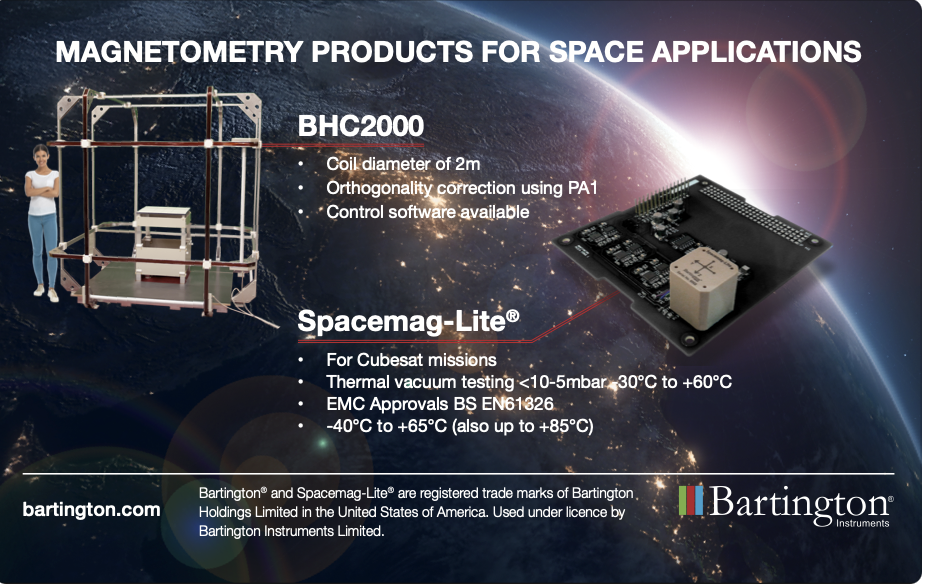Kerri Mertz, Director of Business Development for the Americas at Spaceflux
The traditional methods of Space Situational Awareness (SSA)—which have primarily focused on tracking and cataloging space objects—are becoming insufficient in a space environment that is now both highly dynamic and increasingly contested. The need has shifted from maintaining records of object positions to maintaining custody of those objects, detecting deviations in expected behavior, and understanding the operational context in which those deviations occur.

This is the foundation of Space Domain Awareness (SDA)—an evolution of SSA responding to the realities of modern orbital operations. At Spaceflux, we are actively supporting this transition by deploying and operating sensor systems, delivering observational data as well as advancing analytic techniques required for persistent, timely awareness of objects and behaviors in Earth orbit.
____________________________________________
From Tracking to Behavioral Awareness
____________________________________________
Conventionally, SSA has centered on cataloging the location of satellites and debris in Earth orbit. These catalogs were updated periodically using observational data and were used to support conjunction assessments, routine ephemeris generation, and compliance monitoring.
 However, as the number of satellites increases—particularly in Low Earth Orbit (LEO)—and as the number of active spacecraft in Geostationary Orbit (GEO) grows in volume and complexity, this model struggles to meet the needs of operational users.
However, as the number of satellites increases—particularly in Low Earth Orbit (LEO)—and as the number of active spacecraft in Geostationary Orbit (GEO) grows in volume and complexity, this model struggles to meet the needs of operational users.
SDA represents a shift in focus from position to behavior. It encompasses specifying the location of an object as well as determining whether its movement is consistent with expected patterns, if maneuver has occurred and/or if its proximity to other objects represents intentional activity. SDA supports decision-making in scenarios where coordination is lacking, communication is absent, or intent is unclear.
Within the United States’ (U.S.) policy and military planning, this capability is now foundational. In addition to conjunction analysis, SDA enables attribution, threat detection, and operational planning. For allied nations and commercial operators, the same capabilities are now increasingly essential for risk management and responsible operations.
_____________________________
Maintaining Custody:
A Sensor Coverage Problem
_____________________________
To move from episodic tracking to persistent custody, spatial and temporal coverage must increase significantly. The ability to maintain continuous or near-continuous knowledge of an object’s trajectory and activity requires high-frequency observations from globally distributed sensors.
At Spaceflux, we operate a network of optical telescopes capable of tracking objects from LEO through GEO. This system is optimized to maximize revisit rates and to support dynamic tasking, enabling us to maintain high-resolution custody over time.
In GEO, our current configuration allows us to observe high interest targets an average of five times per night, per object, across a distributed network of sites. These observations include timestamped astrometry, calibrated brightness data, and full sensor metadata.
Our systems are designed to support third-party orbital determination workflows, augment government-owned tracking data, and offer independent verification of maneuver events or object proximity activity.
_________________________________
Multi-Phenomenology Data +
Analytical Integration
_________________________________
A single sensor type cannot provide full coverage or characterization of space objects. As the SDA mission evolves, integrating multiple observational methods has become an absolute necessity.
Optical systems provide high-accuracy positional and brightness data during nighttime passes. Passive RF systems enable location of active transmitters and can support daytime or continuous coverage in certain frequency bands. Radar systems offer all-weather, day and night detection, and are particularly useful for characterizing smaller objects or non-cooperative targets in LEO.
The operational models of Spaceflux’s optical systems are built to integrate with other data types via standardized formats (e.g., CCSDS-compliant messages) and are compatible with fusion architectures under development by national and commercial SDA platforms.
We have also developed algorithms for automated maneuver detection, using statistical and machine learning approaches compare observed data to propagated predictions. These models are capable of flagging changes in orbital parameters, deviations in brightness, or frequency of station-keeping burns potentially indicating uncoordinated activity.
________________________________________
SDA as an Operational Requirement
for Commercial Operators
________________________________________
While SDA has often been discussed in military and policy circles, its importance to commercial operators is rapidly increasing. With thousands of active satellites, constellation operators now require SDA inputs to safely manage fleet operations, avoid collisions, and respond to anomalies.
Beyond operational control, SDA data is becoming relevant to insurability, liability assessment, and service-level performance. For operators seeking to build long-term business models in an increasingly regulated domain, having access to independent, high-quality orbital intelligence is becoming a necessity, not a luxury.
________________________________________
Policy Divergence and the
Need for Technical Interoperability
________________________________________
One of the current challenges in global SDA development is the variation in how states define, prioritize, and act on orbital awareness. The United States, through entities such as the U.S. Space Force and NOAA, is advancing SDA standards and architecture to serve national defence and commercial services. At the same time, other nations are establishing sovereign tracking networks, often with different standards for data sharing, maneuver reporting, or proximity notification.
This fragmentation introduces friction in coordinated response and increases the risk of misinterpretation during critical events. From our perspective, the path forward requires shared technical frameworks and collaborative commercial partnerships to ensure data compatibility and mutual visibility, even when policy positions differ.
Spaceflux’s approach is to remain sensor-agnostic, data-standard compliant, and interoperable with government and private sector SDA ecosystems in the U.S., United Kingdom, European Union, and other allied domains. We support transparency, operational efficiency, and responsible behaviour through timely, actionable data.
Looking Ahead
The operational landscape in space is changing. Static cataloging is no longer adequate. Whether responding to uncoordinated maneuvers, identifying threats to space assets, or managing dense orbital environments, SDA capabilities must support near-real-time awareness, multi-source integration, and automated behavior assessment.
At Spaceflux, we are building the infrastructure, algorithms, and delivery pipelines to meet this challenge head-on—ensuring space operators, national agencies, and commercial entities have the data they need to understand not just where objects are, but what they are doing and why it matters to them.
spaceflux.io

Kerri Mertz
Author Kerri Mertz is the Director of Business Development for the Americas at Spaceflux, where she leads strategic engagement across the U.S., Canadian, and Latin American space and defence sectors. Based in London, she plays a key role in expanding the company’s presence in international markets and delivering advanced space situational awareness (SSA/SDA) solutions to government and commercial partners.
With more than a decade of experience in the aerospace and defence industries, Kerri has held senior roles in both the UK and U.S., including a recent role, where she established and scaled a US company’s International Business Unit, securing milestone contracts across multiple allied nations. Prior to that, she spent nearly eight years at BAE Systems, managing strategic pursuits in high-value defence programs globally.
Kerri’s work centers on connecting mission-critical space capabilities with operational needs, with a strong focus on cross-border collaboration, orbital safety, and space sustainability. She is a frequent contributor to industry forums and international dialogues on the future of SDA and commercial-government partnerships.


